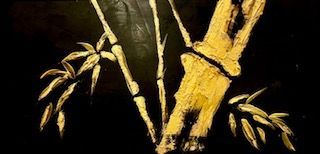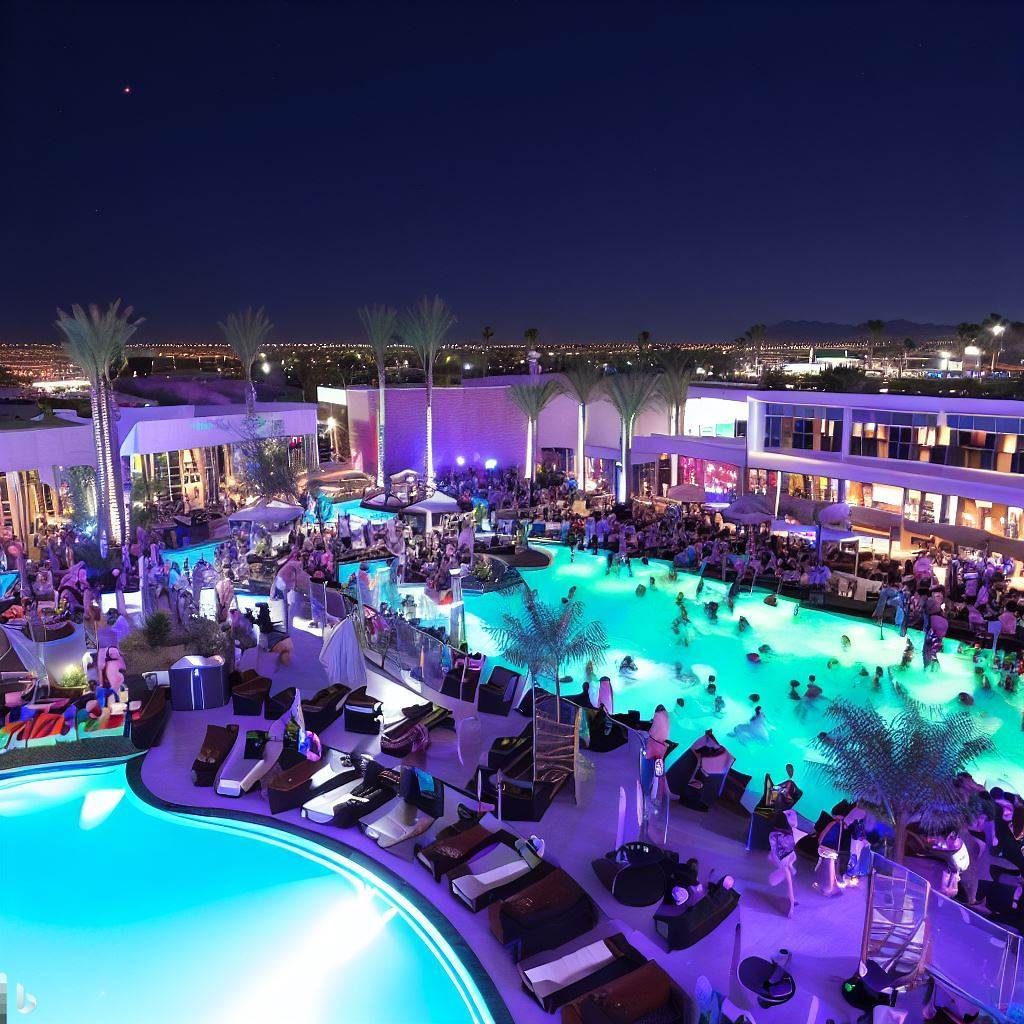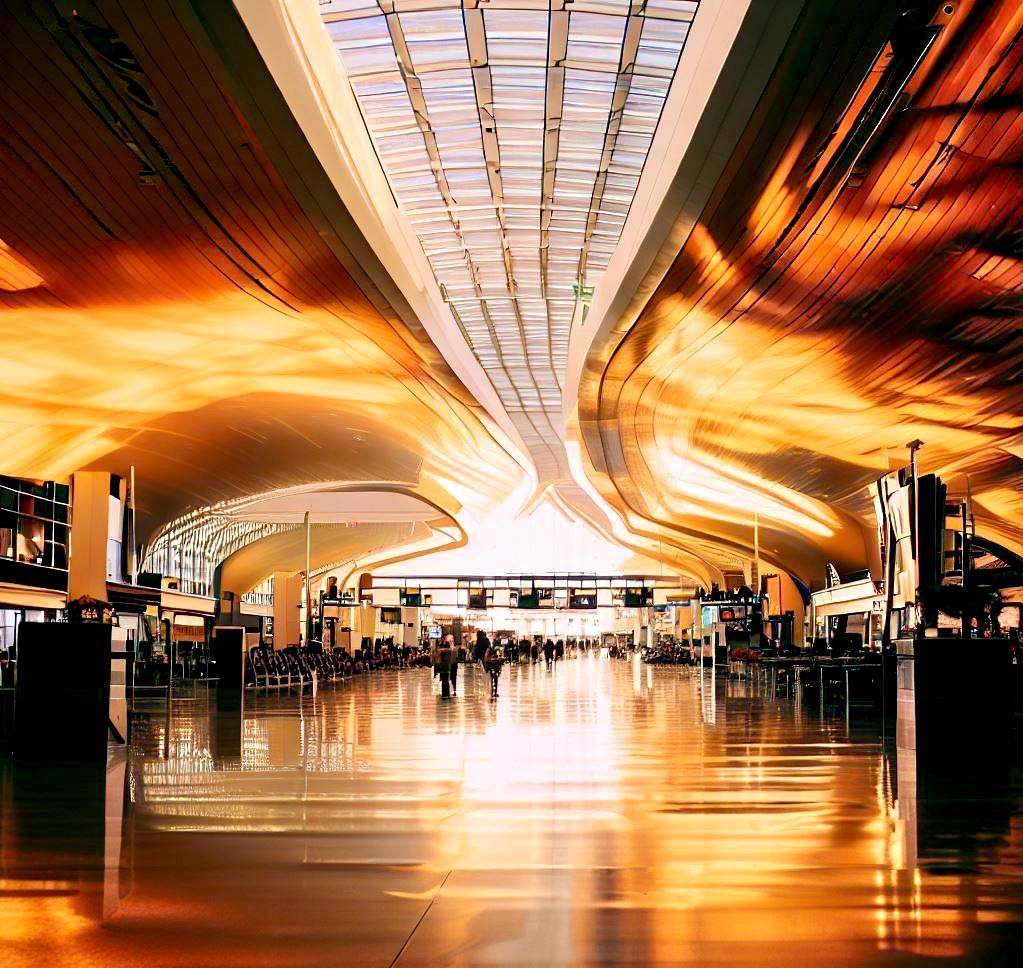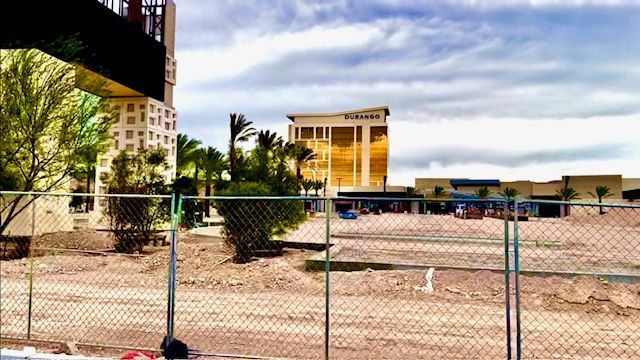How Las Vegas Went From A Desert Oasis to a Global Entertainment Hub
It's official, I have a blog and I know how to use it.
Hey, welcome to Life in Desert Paradise, the blog where I share my experiences and opinions about living in Las Vegas, the most exciting city in the world. In this post, I’m going to tell you a little bit about the history of Las Vegas, and how it became the entertainment capital of the world.
How Las Vegas Got Its Name
You might think that Las Vegas is just a bunch of casinos and hotels in the middle of the desert, but it actually has a rich and fascinating history that goes back thousands of years. Did you know that Las Vegas was once a lush oasis with springs and grasses? That’s right, the name Las Vegas means “the meadows” in Spanish, and it was given by Rafael Rivera, the first European explorer to visit the area in 1829.
First Settlers and Explorers
Rivera was part of a trading expedition that was looking for a shortcut from New Mexico to California. He followed the Old Spanish Trail, a route that was used by Native Americans for centuries. The Native Americans who lived in the Las Vegas valley were the Paiutes, who had been there since at least 700 A.D. They used the springs and wells as sources of water and food, and they left behind petroglyphs and pictographs on the rocks12.
The Birth of a City
The Paiutes were not the only ones who appreciated the valley’s resources. In 1855, a group of Mormon settlers arrived and built a fort near one of the springs. They hoped to convert the Paiutes to their faith and establish a farming community. However, their mission failed due to conflicts with the Native Americans, lack of supplies, and isolation from other Mormons. They abandoned the fort in 1857, but it was later taken over by Octavius Gass, who renamed it the Los Vegas Rancho12.
Gass was a businessman who saw the potential of the valley as a stopover for travelers and traders. He expanded his ranch and cultivated crops such as wheat, corn, and fruit. He also built a mill and a store to sell his products. He even had his own currency, called “Gass Notes”, which he used to pay his workers and customers.
Gass’s ranch prospered until 1881, when he lost it to Archibald Stewart, who had lent him money. Stewart continued to run the ranch until he was killed in a gunfight in 1884. His widow, Helen Stewart, took over and became one of the most influential figures in Las Vegas history. She sold part of her land to the railroad company in 1902, which led to the founding of Las Vegas as a city in 1905.
The Rise of Gambling and Entertainment
The railroad brought more people and business to Las Vegas, but it also brought some problems. Gambling and prostitution were illegal in Nevada at that time, but they were common in the city’s saloons and brothels. The authorities tried to crack down on these activities, but they were often bribed or ignored by the locals. In 1931, Nevada decided to legalize gambling and make it easier to get divorced, hoping to attract more tourists and revenue.
The same year, another major event happened that changed Las Vegas forever: the construction of Hoover Dam (originally called Boulder Dam). The dam was a massive engineering project that aimed to provide electricity and water for the Southwest region. It also created Lake Mead, one of the largest reservoirs in the world. The dam attracted thousands of workers who needed housing, entertainment, and services. Las Vegas provided all of these things, especially on Fremont Street, where casinos and showgirls catered to their needs.
The dam was completed in 1936, but Las Vegas continued to grow as a tourist destination. In 1941, the first hotel-casino on what is now known as the Strip opened: El Rancho Vegas. It was followed by other famous resorts such as Flamingo, Sands, Sahara, Stardust, and Riviera. These hotels offered more than just gambling; they also featured lavish shows, fine dining, golf courses, swimming pools, and exotic themes.
The Mob Influence and Decline
However, behind the glitz and glamour of Las Vegas lurked a dark side: organized crime. Many of the hotel-casinos were financed or controlled by mobsters from New York or Chicago who saw Las Vegas as a perfect place to launder their money from drugs or racketeering. They also influenced local politics and law enforcement through corruption and intimidation. Some of the most notorious gangsters who operated in Las Vegas were Bugsy Siegel, Meyer Lansky, Frank Costello, Moe Dalitz, Tony Accardo, Sam Giancana, Johnny Roselli, Frank Rosenthal, Anthony Spilotro, and Lefty Rosenthal.
The mob’s reign in Las Vegas ended in the 1970s and 1980s, when the federal government cracked down on their activities and the casino industry became more corporate and regulated. New investors and entrepreneurs entered the scene, such as Howard Hughes , Kirk Kerkorian , Steve Wynn , and Sheldon Adelson . They built bigger and more luxurious hotels, such as Caesars Palace, Mirage, Bellagio, Venetian, and Wynn. They also introduced new forms of entertainment, such as Cirque du Soleil, Blue Man Group, and Celine Dion. Las Vegas became more than just a gambling mecca; it became a global destination for leisure and business.
The Modern Las Vegas
Today, Las Vegas is home to more than 2 million people and welcomes more than 40 million visitors every year. It has more than 150,000 hotel rooms and more than 1,000 restaurants. It has the largest concentration of neon lights in the world and the largest video screen in the world. It has the tallest observation wheel in the world and the highest thrill ride in the world. It has the most expensive hotel-casino in the world and the most profitable casino in the world. It has the most weddings in the world and the most divorces in the world. It has something for everyone, no matter what your taste or budget.
That’s it for this post. I hope you enjoyed learning about the history of Las Vegas, and how it became the city that never sleeps. If you have any questions or comments, feel free to leave them below. And don’t forget to subscribe to my blog for more posts about life in desert paradise. Thanks for reading, and see you next time!
Desert Paradise







